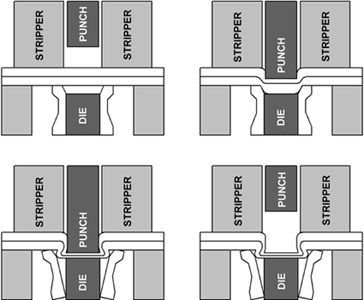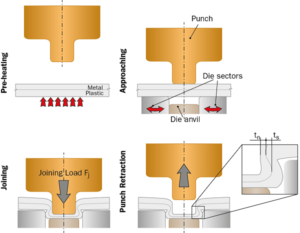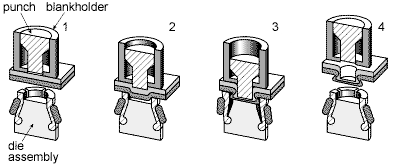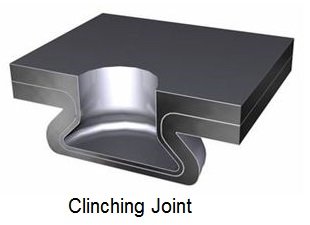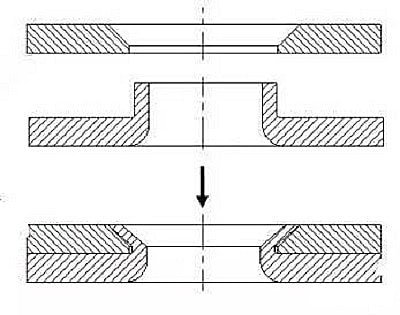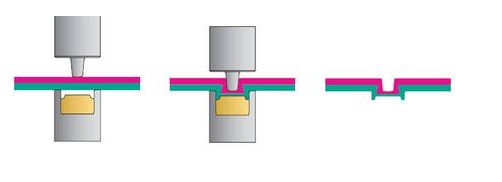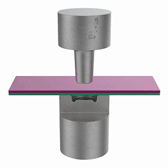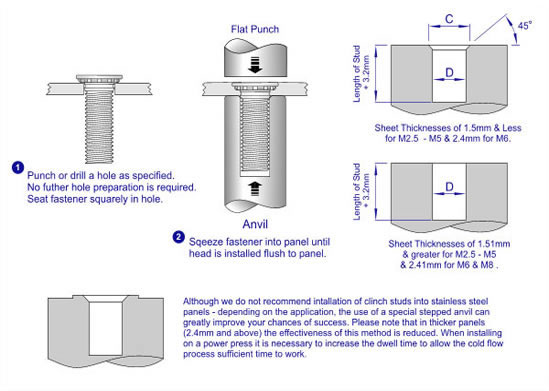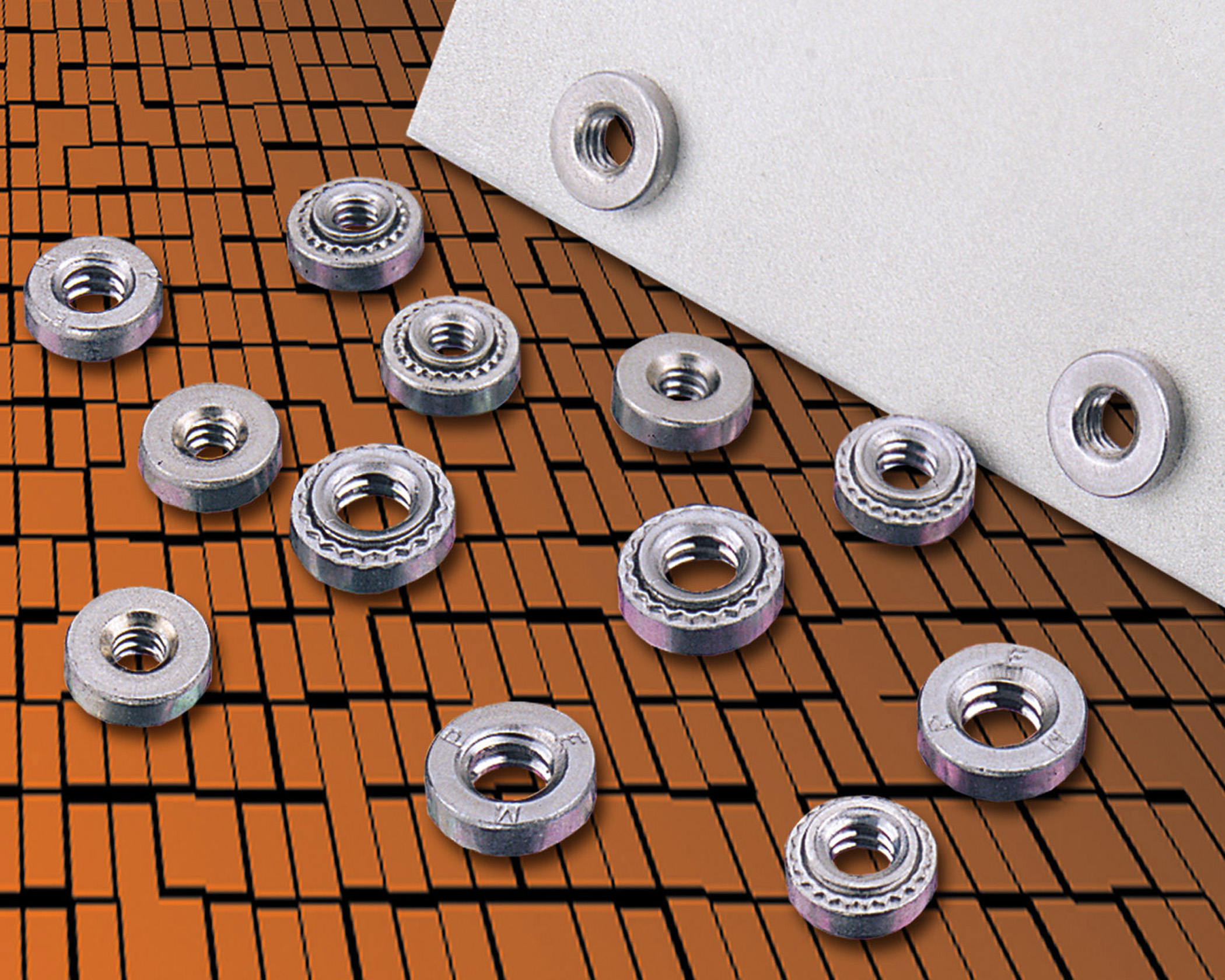Tox clinching is a simple joining technique that does not require heat or additional elements the clinching process produces a button type positive connection of two or three layers of sheet metal using a cold forming process.
Clinching process in sheet metal.
Clinching is characterized by a series of advantages over competitive technologies.
Also known as press joining clinching refers to the use of a punch and die set to press or clinch two or more pieces of sheet metal together.
Multiple materials with different individual thicknesses can be assembled at the same time based on this cost effective fast and clean process.
It is based on the plastic deformation of the sheet metal you need to join that is possible through the interaction between a punch and a die without the supplement of added material.
Find the right clinching joint for your sheet metal joining application.
Once in place the punch is engaged thereby pressing down on the sheet metal with low to medium force.
The clinching process is a method of joining sheet metal by localised cold forming of the materials.
With the clinching process sheet metals of different thicknesses or other materials even with adhesives or other intermediate layers are joined in a cold forming process.
It is suitable for ductile metal sheets from around 0 5 to 3mm thick up to a total joint thickness of about 6mm.
The tox clinch procedure is a proven substitute for welding screwing riveting.
Clinching also known as press joining is a high speed mechanical fastening technique for point joining of sheet metal components.
While the sheet metal may be preheated the process is typically performed at room temperature.
To perform clinching a metalworking company secures and aligns the sheet metal between the punch and die.
Steel and stainless steel aluminium and or non ferrous materials.
Rivclinch is a cost effective environmentally friendly.
The clinching process is a method of assembling sheet metal without welding or fasteners.
The clinching technique is an innovative process for the mechanical cold junction of sheet metal.
With this joining technique metal parts are deformed locally without the use of any consumables.
It uses the solid die cavity patented by tox pressotechnik.

